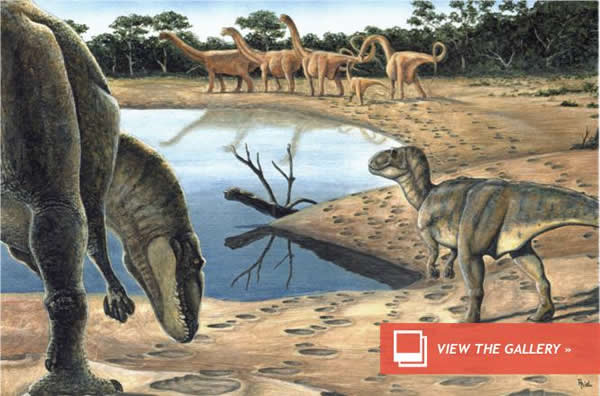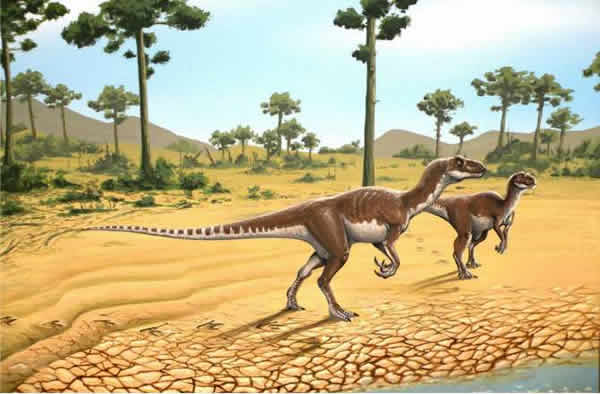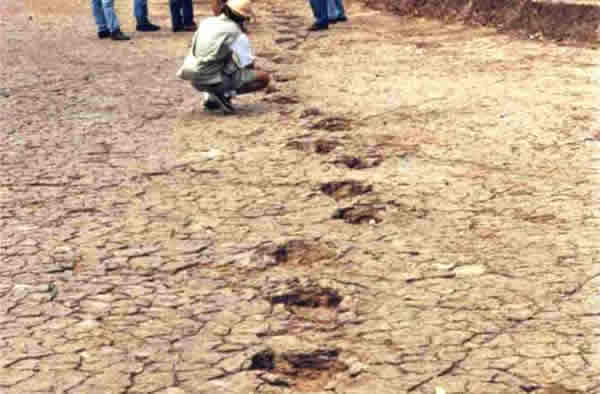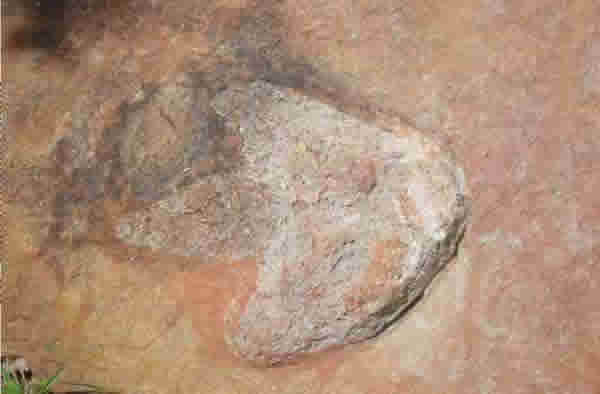How to Leave Your Mark in This World -- Forever
If you want to leave your mark on the world, be sure to stroll barefoot in muck. That’s right: don’t bother writing a great novel, curing cancer or even investing in a headstone for your grave. None of these has any chance of lasting as long as your footprints squished in the stinky mud along the shore of a pond. That’s what some dinosaurs did in what today is Brazil’s Sousa Basin, leaving at least 37 sets of tracks.
Not just any mud will do, of course. The mud needs to be pretty soggy and be host to mats of microbes. The mats are important because they help the tracks resist erosion — which is usually the fate of trackways.
Researchers Ismar de Souza Carvlho and Leonardo Borghi of the Federal University of Rio de Janiero, and Guiseppe Leonardi of the Institut Cavanis, in The Democratic Republic of the Congo, published a paper on their trackway work in the latest issue of the journal Cretaceous Research.
For those who want to make a competition sport of running in the mud, the World Championship Mud Race is held every two years in the Gulf of Morbihan, France. There, paleontologists in the future will make a field day out of discerning barefoot human footprints from feet clad in rubber boots or strapped into homemade wooden pallets.
Sniff, sniff. “Yuck! Yep, this mud will do!” Image by Ariel Milani
The muddy edges of ponds had not only soft materials for making tracks, but microbial mats for preserving the tracks. What’s more, as the ponds filled with mud, they gently filled in and preserved the tracks. Image by Ariel Milani
The trackways look fresh, but are more than 100 million years old. Image courtesy of Ismar de Souza Carvlho
One of the dinosaur tracks found in Sousa Basin. Image courtesy of Ismar de Souza Carvlho(May 15, 2013 04:11 AM ET // by Larry O'Hanlon)















